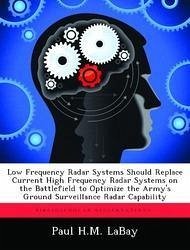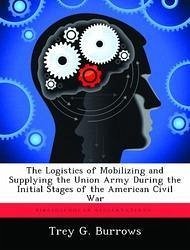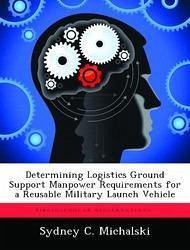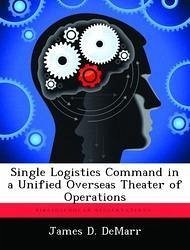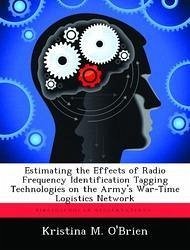
Estimating the Effects of Radio Frequency Identification Tagging Technologies on the Army's War-Time Logistics Network
Versandkostenfrei!
Versandfertig in über 4 Wochen
53,99 €
inkl. MwSt.
Weitere Ausgaben:

PAYBACK Punkte
27 °P sammeln!
Some civilian business practices, such as radio frequency identification (RFID) tags, were used for the first time by the Army in a major conflict during Operation Iraqi Freedom (OIF). RFID tags were attached to every container and pallet in all sustainment shipments entering and exiting the area of operations (AOR). Although RFID tagging was somewhat successful during OIF, the logistics network still suffered significant problems, to include lack of asset visibility and ineffective theater distribution. Implementing business practices on the battlefield seems like an easy answer to these prob...
Some civilian business practices, such as radio frequency identification (RFID) tags, were used for the first time by the Army in a major conflict during Operation Iraqi Freedom (OIF). RFID tags were attached to every container and pallet in all sustainment shipments entering and exiting the area of operations (AOR). Although RFID tagging was somewhat successful during OIF, the logistics network still suffered significant problems, to include lack of asset visibility and ineffective theater distribution. Implementing business practices on the battlefield seems like an easy answer to these problems, but the implementation of RFID tags may or may not easily transition to a military of combat environment. The purpose of this research was to discover if the business practice of using RFID tags to track equipment and supplies could be effectively used in a war-time environment by the Army's logistics network.









